contact me
Hi! I'm Lindsay Ferrier. You might remember me from a blog called Suburban Turmoil. Well, a lot has changed since I started that blog in 2005. My kids grew up, I got a divorce, and I finally left the suburbs for the heart of Nashville, where I feel like I truly belong. I have no idea what the future will hold and you know what? I'm okay with that. Thrilled, actually. It was time for something totally different.
The Tennessee Cedar Glades: What to Know Before You Go
May 2, 2016
I’m going to let you in on a little secret that I’m betting most of your friends and neighbors know nothing about:
The Tennessee Prairie.
Yes, friends, believe it or not, Middle Tennessee is home to a globally unique, almost desert-like ecosystem known as the limestone cedar glade. It’s a place of intense heat and barren conditions, where cacti, rare and endangered wildflowers, and succulents thrive and a vast network of caves lies just beneath the rocky limestone surface. These glades exist only in the central eastern United States, and while a few other states have them, most are in Middle Tennessee– and ours are different from any on earth.
Here’s a good description of Middle Tennessee’s cedar glades from the Cedars of Lebanon State Park website:
In the 1940s, botanists noticed unique natural ecosystems found in and around Cedars of Lebanon State Park and Forest. These areas are natural rock gardens called cedar glades. The presence of glades is due to limestone rock coming so close to the surface of the ground that it causes the soil to be thin or absent. The small amount of soil that does exist along the cracks and potholes in the limestone slab, has been built up over many years. Water and surface temperatures vary so much throughout the year that a harsh, desert-like, inhospitable habitat is created with its own unique plant community. Nineteen rare and endangered species of plants grow profusely here and nowhere else in the world.
When I read a few months ago about these cedar glades and the rare plants they support, I knew I had to see them for myself. That’s how we ended up at Cedars of Lebanon State Park last Saturday for a guided hike to a remote cedar glade that’s been left mostly untouched by humans. But first, we had to walk through one that has been touched by humans– in a major way.
We caravanned in our car along with the rest of our group out of the park and down a long, pothole-filled gravel road until we were miles from cell phone service and, it seemed, civilization. When we arrived at our first glade, the sight was… profoundly disappointing.
This is what a cedar glade looks like when humans interfere with it. To some, a cedar glade’s flat, barren expanse in the middle of nowhere seems perfect for illegal dumping. And dirt biking. And perfecting one’s shotgun-shooting skills. And four-wheeling. And drinking. Evidence of all these activities was everywhere, and it was, frankly, gross. Fortunately, the state has done a great job of protecting many other glades in the area by making them a little harder to find.
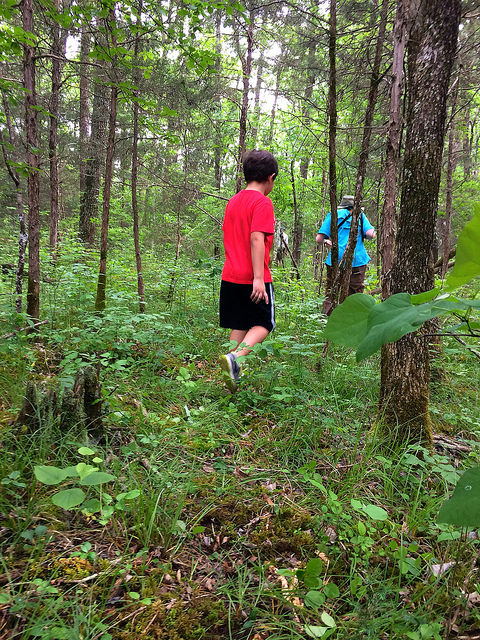
In fact, the only way we could find this particular protected cedar glade at all was to use a GPS system. Once we had our coordinates down, our guide led us into the forest undergrowth, where we braved ticks, stinging nettles, and poison ivy to make our way to a cedar glade most Tennesseans never get to see. When we emerged from the woods out onto the exposed limestone, it felt a little like being on another planet.
If I’d come alone, I probably would have wondered what all the fuss was about at this point– Thanks to our guide, though, we quickly learned that there was much more to this flat expanse than meets the eye. For example, see that wet, black stuff all over the rock? It’s actually a lichen- a growing, thriving organism that our guide picked up and cut open with a knife so that we could see the tiny green tendrils inside.
Then there was this stuff… this completely disgusting stuff, which we avoided with wrinkled noses– at least until we learned that it was a bacterium common to glades known as Witch’s Butter. Once we had a name for it, what was gross became cool, and my son couldn’t stop touching it.
Oddly, the limestone slabs we walked across here had a hollow sound and feel to them. Our guides told us these limestone beds cover a large cave system filled with many underground streams. Several cave openings are located on nearby private property and Jackson Cave at Cedars of Lebanon is open to those who register or take a guided tour– Once you crawl inside the cave, you can stand up and walk to an underground stream, where cave fish proliferate.
I can’t wait to check this cave out. In the meantime, if you happen to be at Cedars of Lebanon State Park, the Nature Center has a tank full of cave fish, so you and your kids can get a good look at them.
Sinkholes and smaller holes like this one we found are everywhere in and around the cedar glades (We heard water was spouting out of this particular hole like a geyser earlier in the week.) — and this feature is part of what makes cedar glades so interesting. With little soil and no shade, many of the plants that live in these cedar glades have adapted to their surroundings by either developing leaves and stems that retain water or by growing long roots that find their way through cracks in the rocks to the water systems below.
These adaptations have led to some pretty unusual plants and flowers, and that’s exactly what drew most of our fellow hikers. We realized we were surrounded by diehard Glade fans when one of them spotted this tiny flower in the crack of a rock:
The excitement over this bloom was a lot like what you’d expect in LA when an A-list celebrity walks out of a restaurant. Heads turned! Mouths gaped! Cameras clicked! According to my new, in-the-know friends, we were witnessing an extremely rare early limestone fame flower bloom– also called flower-of-an-hour because each fame flower only blooms in the afternoon for a couple of hours before dying. “I’ve been coming here for years and this is the first time I’ve seen a fame flower,” one man said, gazing at the flower in awe.
As you can imagine, we couldn’t help but be swept up in our fellow hikers’ excitement. We’ve learned over the last few years of attending bird festivals and naturalist-led hikes that the great thing about nature enthusiasts is that they’re very eager to share their knowledge with rookies– so throughout the hike, multiple glade lovers in our group stopped to tell me all about the winged elm and the glade privet and the reindeer moss and many, many other interesting cedar glade sights– I tried to write down as many as I could, but I missed more than I caught.
One thing we couldn’t miss, though, was the profusion of Yellow Sunnybells around us.
Hundreds of these pretty yellow flowers bloomed all around the glade. Sunnybells are protected by state law, and are so rare that Interstate 840 was actually re-routed in order to protect their growth here.
That’s some flower!
More common were these lovely white flowers, known as Widow’s Cross or Glade Stonecrop. Another flower, the Glade Savory, wasn’t in bloom- but we felt its presence anyway as we stepped on the plant’s leaves- It’s in the mint family and the crushed leaves gave off a wonderful aroma.
In a few weeks, the most famous flower will bloom in the cedar glades– The Tennessee Coneflower. It was one of the first plants ever to be put on the endangered species list and was thought to be extinct until Vanderbilt ecologist Elsie Quarterman rediscovered it in 1968. Thanks to the work of conservationists, the flower was removed from the endangered list in 2011 and can be seen blooming in the cedar glades in late May and June.
Other cedar glade plants of interest include the Prickly Pear Cactus, which is the only cactus native to Tennessee and Pyne’s Ground Plum– a fruit that’s found only in the cedar glades of Rutherford County!
We are already planning a return trip to visit more cedar glades in the area and look for more rare plants. One note– If you’re planning on taking your kids for a visit, choose a cool day or go in the morning or evening– Cedar glades are shade-free and can be miserable for children on a hot, sunny afternoon.
Want more information on the cedar glades? OF COURSE YOU DO. Here are some great resources:
–MTSU has its own Center for Cedar Glade Studies— The center’s website is the best overall resource I’ve found on Tennessee’s cedar glades.
–You can find information on and directions to all state-owned cedar glades on the TN Dept of Environment and Conservation website.
–Guided tours of the cedar glades are the way to go for first-timers. Tours are offered at Cedars of Lebanon State Park and Longhunter State Park.
—This educator’s guide to the cedar glades is a great way to introduce them to your kids before you explore the real thing on your own.
–It seems like there’s a Facebook group for everything– including cedar glade fans! This is a fun way to stay up on what’s blooming where at any given time and ask questions from local cedar glade experts.
–A team of local teachers has developed lots of lesson plans about the cedar glades and put them online– These are great resources to print out and take with you when you visit the glades with your kids. One of these teachers happened to be on our hike and gave me most of the information I have now on the glades. Thanks, Melissa!
–I love this short video about Elsie Quarterman, who was instrumental in conserving the glades and lived to be 103 years old.
Have fun exploring the glades!
Keep up with other fun, local kids activities by following Suburban Turmoil on Facebook, Twitter, Instagram and Pinterest!
Leave a Reply Cancel reply
This site uses Akismet to reduce spam. Learn how your comment data is processed.
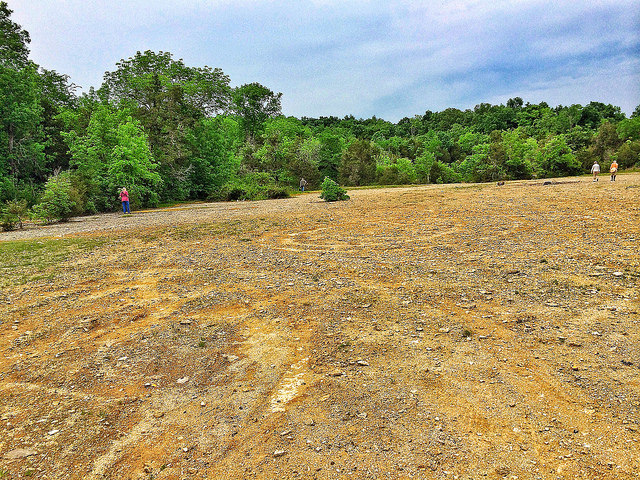
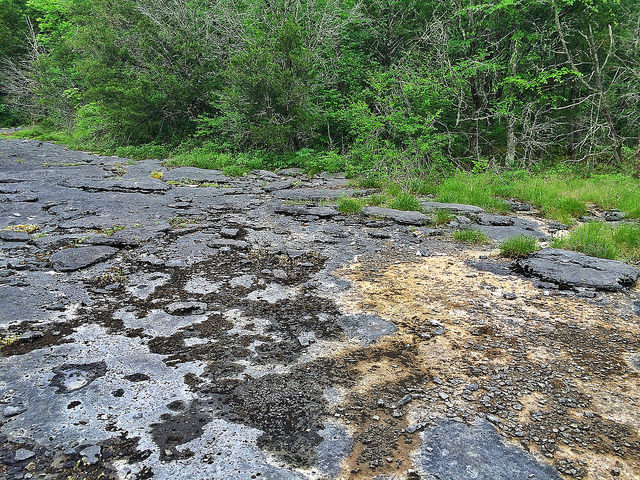
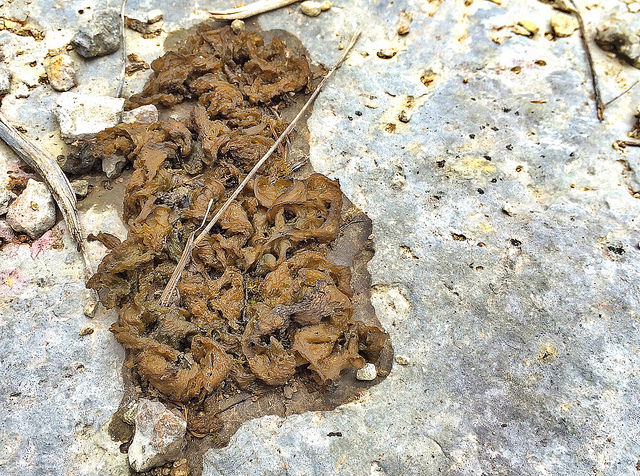
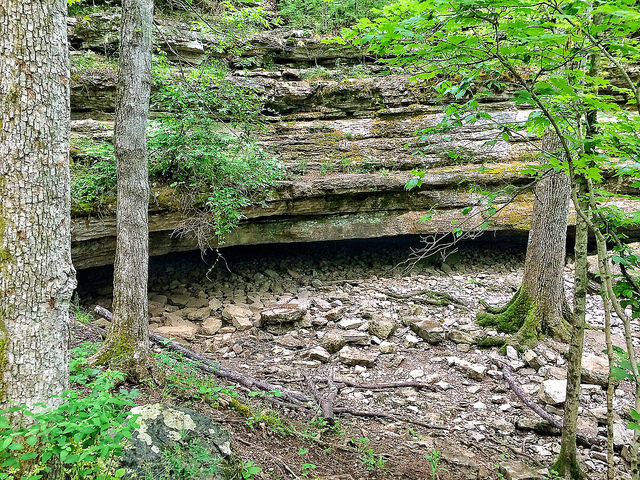
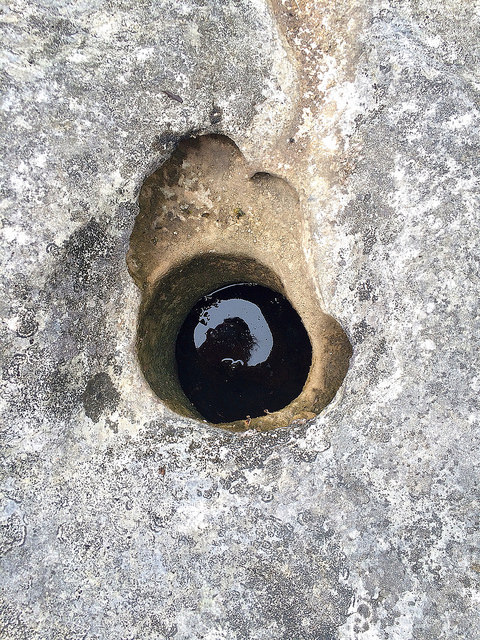
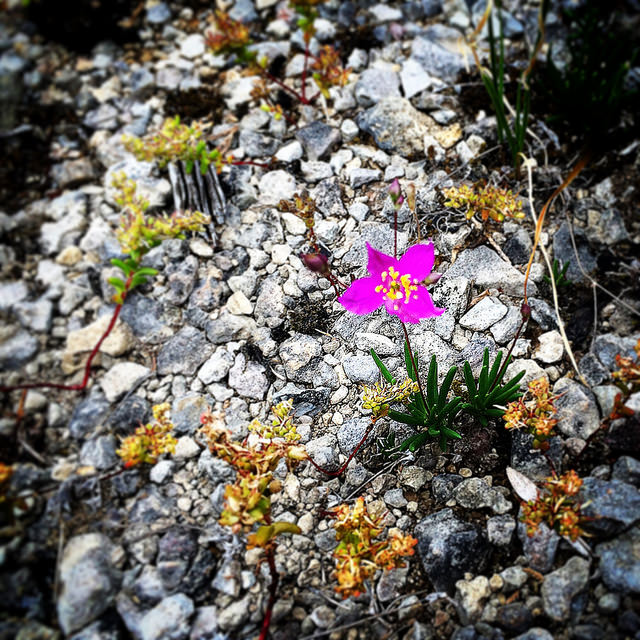
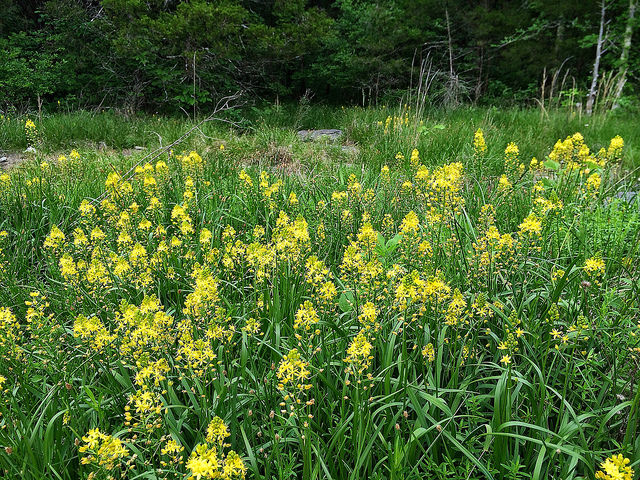
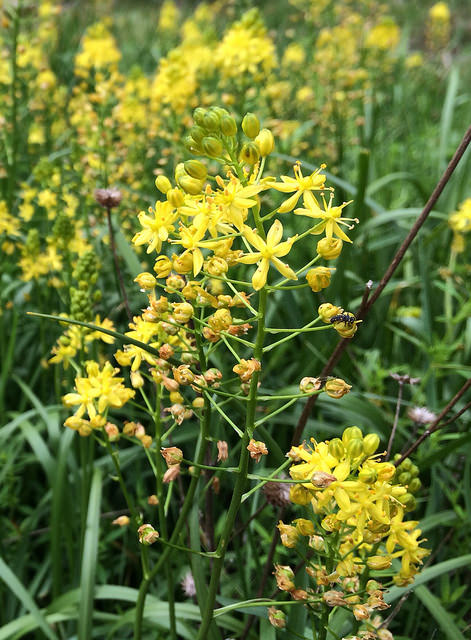
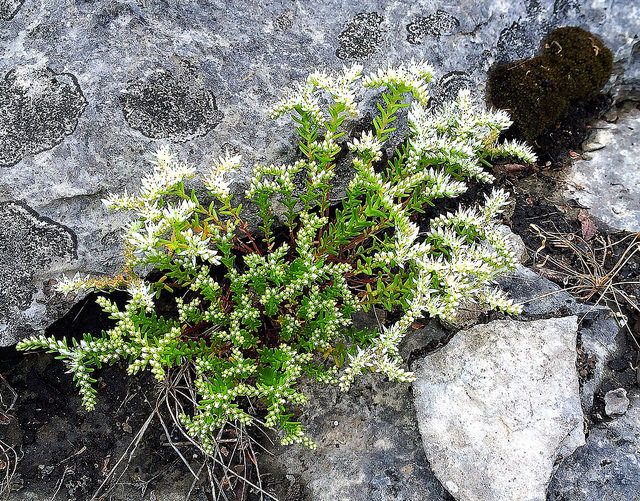
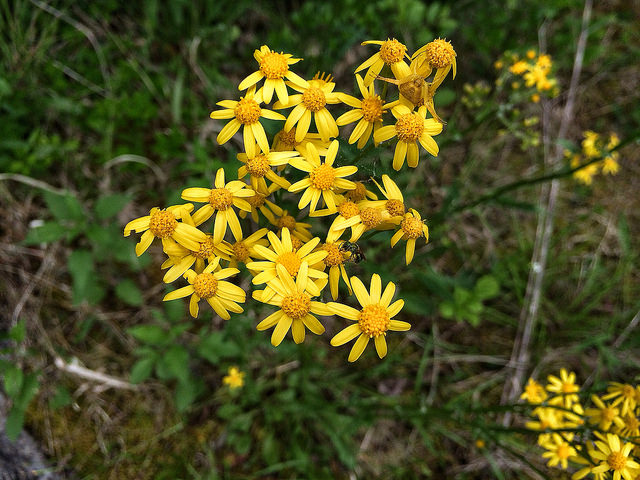
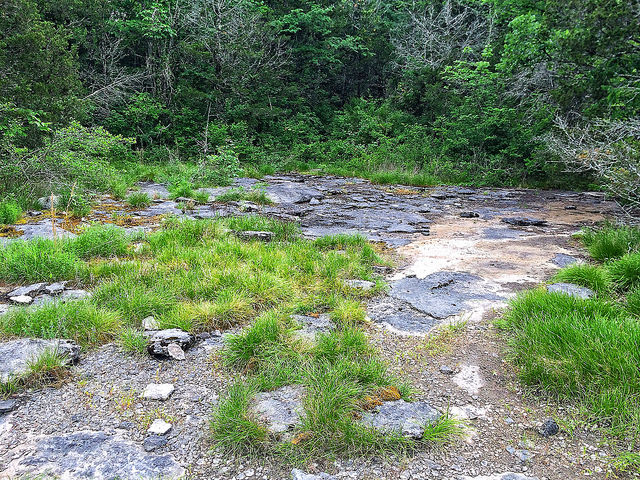
[…] 13. Visit a cedar glade, one of the world’s rarest ecosystems. Believe it or not, Middle Tennessee is home to an ecosystem unlike anything else in the world. It’s called a limestone cedar glade and a number of them are managed and protected by the state in Lebanon and Murfreesboro. Cedar glades are home to dozens of extremely rare plants and flowers, including the Tennessee Coneflower, which was thought to be extinct until a Vanderbilt ecologist re-discovered them in 1968. Read my full guide to visiting the Tennessee Cedar Glades here. […]
[…] Visit a cedar glade, one of the world’s rarest ecosystems. Believe it or not, Middle Tennessee is home to an ecosystem unlike anything else in the world. It’s called a limestone cedar glade and a number of them are managed and protected by the state in Lebanon and Murfreesboro. Cedar glades are home to dozens of extremely rare plants and flowers, including the Tennessee Coneflower, which was thought to be extinct until a Vanderbilt ecologist re-discovered them in 1968. Read my full guide to visiting the Tennessee Cedar Glades here. […]
[…] Cedar glades, which are unique ecosystems that have adapted to the thin soil layers, can be found in the Lebanon State Forest. This happens a lot in the eastern Central Basin. […]